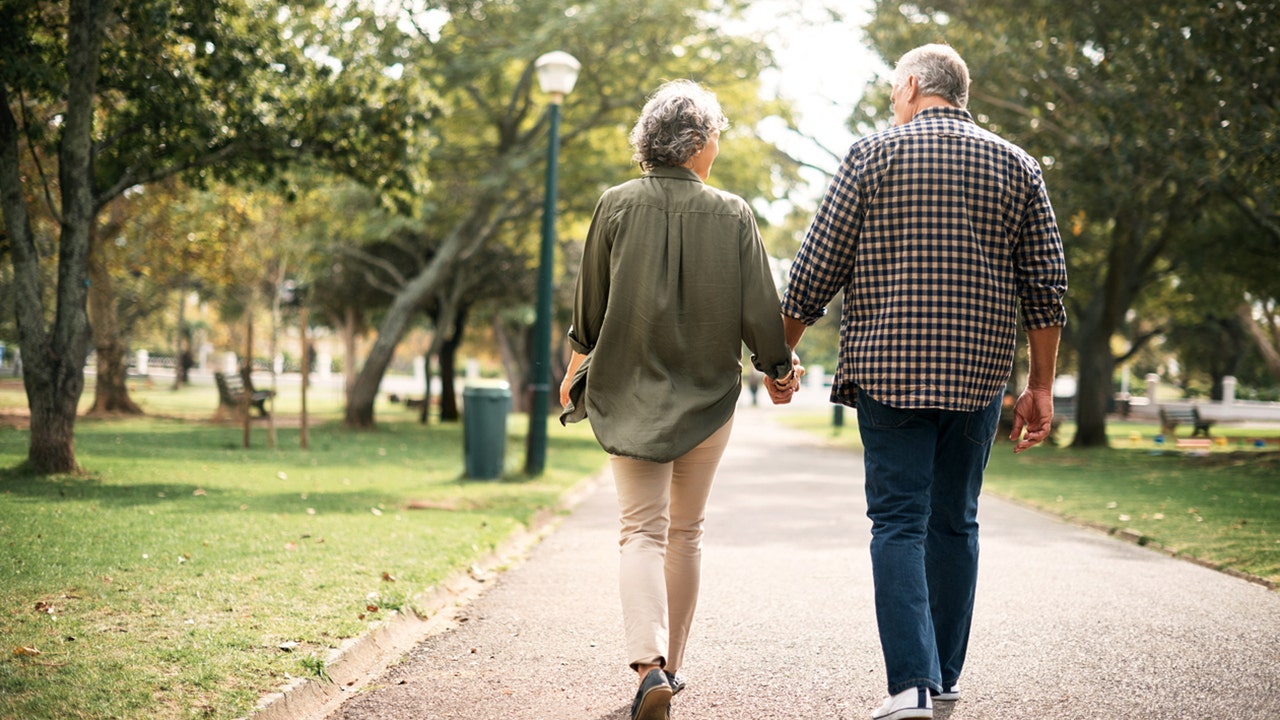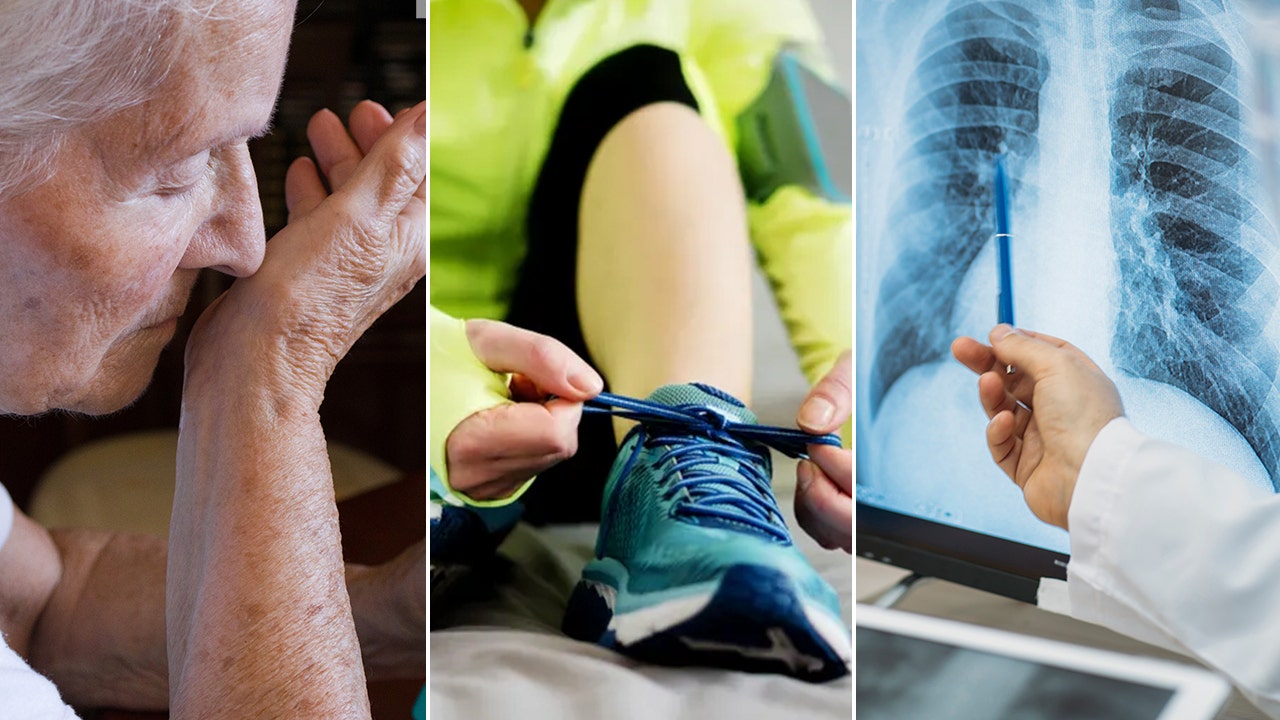Osteoporosis is a silent disease. Here’s what experts say about how to avoid it

The dose23:21What should I know about osteoporosis?
Osteoporosis is sometimes referred to as a silent thief – you usually don’t know you have it until you break a bone.
Yet the disease is common: one in three women and one in five men in Canada will suffer a bone fracture due to osteoporosis in their lifetime.
Osteoporosis is a disease in which your bones become weak and break more easily.
“It’s not painful. It doesn’t make you tired. So you really don’t have any symptoms just because you have low bone density,” Dr. Carrie Ye to Dr. Brian Goldman, host of CBC’s The dose.
“What you’ll feel is a broken bone, so that can be painful,” says Ye, a rheumatologist and medical director of the Multidisciplinary Bone Health Clinic at Kaye Edmonton Clinic.
Experts say there are many risk factors for developing osteoporosis, and being aware of our bone health at a young age can help prevent it.
How do our bones renew themselves?
Our bones are in a constant process of breaking down and rebuilding – a constant battle for renewal that keeps them healthy and strong.
It’s a race between two types of cells: osteoclasts, which eat away bone, and osteoblasts, which build bone.
“To have healthy bone, you want to have that constant turnover of eating away, but then replace it with new bone,” Ye said.
You can think of it as road works, said Dr. Angela Cheung, a senior physician scientist and professor of medicine at the University of Toronto and the University Health Network.
“Even with our daily activities, like running up and down stairs and whatever, we can do some kind of micro-damage to the bone. And so the bone responds by digging up the pits,” Cheung said.
The crew blowing away the old, damaged are the osteoclasts, which eat away at the damaged bone to make room for new bone.
“Then another team — the bone-forming cells — comes in to populate the bone,” she said.
What is Osteoporosis?
When the osteoclasts begin to win the bone battle and the osteoblast cells are not replaced quickly enough, you can develop osteoporosis.
Health care providers usually diagnose osteoporosis after a fragility fracture, but it can also be diagnosed through a bone density scan.
Osteoporosis is actually a disease – a chronic disease – and not just because a person gets older.– Nese Yuksel, professor
A fragility fracture is when someone breaks a bone with little to no trauma, and experts say if you break a bone this way, you should be assessed for your risk of having another fracture within the next 10 years.
In Canada, health professionals often use a risk assessment tool called FRAX to look beyond bone density to other factors that can lead to a fracture, such as family history and medical conditions.
Guidelines from Osteoporosis Canada say you should start getting bone density scans at age 65 unless you have reasons to do it earlier.
Those reasons could include a medical condition or certain medications that can put you at risk for osteoporosis, Ye said.
What Causes Osteoporosis?
There are many risk factors to osteoporosis, experts say, and one of the biggest is aging.
Once women go through menopause and men hit their early 60s, we lose about half a percent of our bone density each year, Ye said.
Women are at risk of developing osteoporosis earlier in life due to perimenopause and menopause when their estrogen levels drop.
“Once we lose our estrogen levels, our osteoclasts start to become more active,” says Nese Yuksel, a professor in the University of Alberta faculty of pharmacy and pharmaceutical sciences who works in the same bone health clinic as Ye.
The osteoclasts are the cells that break down the bone. During perimenopause and menopause, they begin to outpace bone-forming cells by an inch, and women lose an average of five to eight percent of their bone density.

As people age, they may also exercise less, which can lead to bone loss.
However, there’s a myth that developing osteoporosis is a natural part of aging, Yuksel said, but that’s not the case.
“Osteoporosis is actually a disease — a chronic disease — and it’s not just because someone gets older,” Yuksel said.
Another big risk factor is genetics.
“Having a parent who broke a hip is one of the biggest predictors that you will break a hip,” Ye said.
How can you prevent osteoporosis?
Bones are built during childhood and young adulthood. That’s why experts say it’s important for kids to get enough calcium and vitamin D, along with regular exercise.
“Like height, you reach something called peak bone mass,” Cheung said.
That peak bone mass happens in our late 20s or early 30s, and if kids don’t get enough exercise, they can end up with lower bone mass, she said.
The importance of exercise for bone health persists throughout life, with a particular focus on weight-bearing and balancing activities, and less focus on aerobic activity, experts say.
When we put stress on our bones, it stimulates them to build bone density.

Examples of weight-bearing exercise include walking, especially with Nordic sticks, jogging, strength training, and dancing.
It’s also important to have good balance and core strength to avoid falls, Yuksel said, and exercises like tai chi can help.
Nutrition also plays a role
Adequate calcium and vitamin D are key to preventing osteoporosis, experts say.
“We always recommend dietary calcium if you can. That can be very difficult if you’re lactose intolerant or can’t have dairy products,” Ye said.
Other good sources of calcium include dark green vegetables, almonds, fortified vegetable drinks, and canned sardines and salmon with the bones.
Osteoporosis Canada recommends that adults age 50 and older get 1,200 milligrams of calcium per day. If you don’t get that much through your diet, you can also take a calcium supplement, Ye said.
For the first time since 2010, Osteoporosis Canada will release new guidelines for the treatment and management of the disease in the fall of 2023.
“A lot of new material has emerged in the past 10 years, and we want our guidelines to be evidence-based,” said Cheung.




